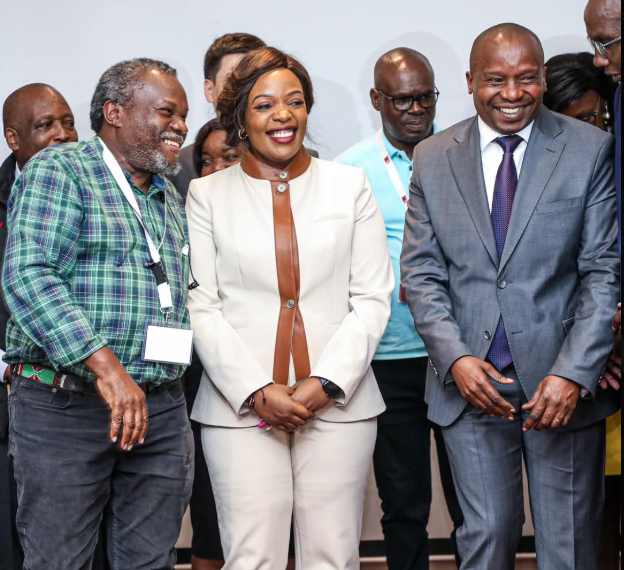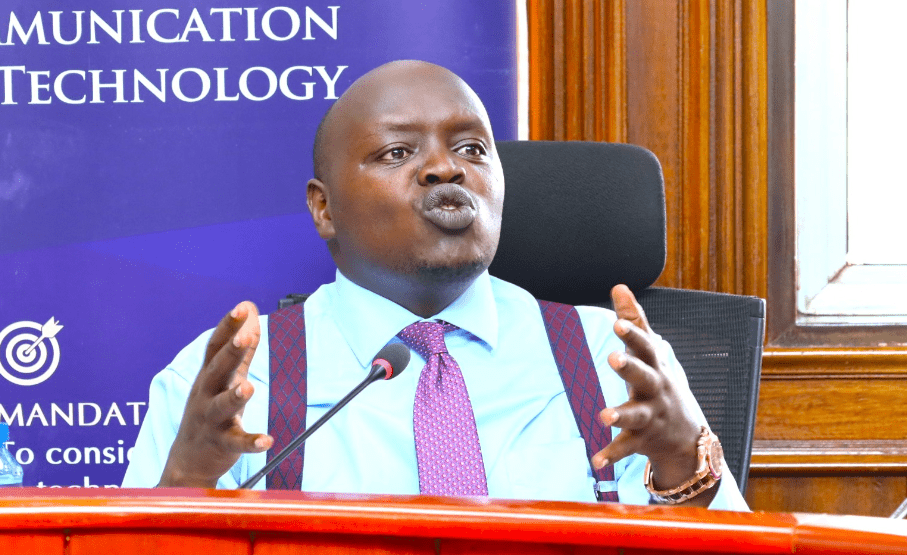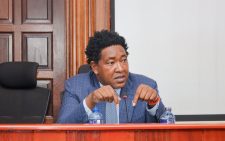Journalists pledge to counter falsehoods on biotechnology

Kenyan journalists have given a commitment to disseminate accurate information on agricultural biotechnology, in a pledge made during the annual Kenya Editors Guild convention.
Agricultural biotechnology was one of the major discussions at the five-day event, now in its seventh year, held in Nakuru last week and opened by Deputy President Prof Kithure Kindiki.
In analysing the topic, the guild, which last May signed a memorandum of understanding (MoU) with the African Agricultural Technology Foundation (AATF), sought to highlight the pitfalls of misinformation and disinformation.
Journalists attending the convention highlighted emerging factors influencing the public perception of Genetically Modified Organisms (GMOs) in Kenya and explored the trends in the GMO debate in order to define the role and informed support of the media.
Nutritional security
The controversy surrounding genetically modified crops and how they relate to food supply remains contentious. At the centre of this debate are two questions: have GM crops helped to feed a rapidly-growing population and, do they affect environmental sustainability in this era of climate change?
Improving agricultural productivity in the continent is key to economic growth and poverty reduction. Africa’s agricultural sector is dominated by smallholder farmers, who produce 70 per cent of the food supply on an estimated 33 million farms.
Agriculture accounts for 15 per cent of GDP on average and is a major source of livelihood, employing over 65 per cent of Africa’s working population and 40 per cent of export earnings.
There is a global scientific consensus on the safety of GM crops and their benefits to humanity – reducing hunger and poverty among smallholder farmers in developing countries, including those in sub-Saharan Africa. They also lessen the environmental impact of agriculture by cutting pesticide use. Still, those opposed to GM crops continue to believe that they do more harm than good.
A Handbook on Biotechnology developed by journalist and consultant Bernard Mwinzi with the support of the guild and AATF, was launched during the convention in Nakuru.
“The handbook is an essential tool and guide for reporting on biotechnology generally, and GMOs specifically. It is quite timely, too, as it comes at a time when there is renewed interest in biotechnology in Kenya and Africa,” said Mwinzi.
He urged the media to provide a checklist before working on articles about agricultural biotechnology.
“We should avoid sensationalisation of content. We should also have the common terms that are used in biotechnology so that we do not misreport to the public,” he added.
Mwinzi said food security reporting was very important just as reporting on health and environment is.
“As communicators, we need to ask ourselves: Are we putting out credible information out there to help our readers make the right decisions? What will our audiences think of what we say? How do we frame these things in a way that biotech is our way of life?”
Mwinzi pondered, noting that biotechnology was not new.
AATF Executive Director Dr Canisius Kanangire underscored the role of journalists in the smooth transfer of essential agricultural information from the researcher into the hands of those who need it most – the smallholder farmers of Africa.
“Scientists and journalists can drive the transformative changes required to reduce food and nutrition insecurity as the true foundation of sustainable development in Sub-Saharan Africa.”
Collaboration between scientists and the media aims at curbing misinformation and disinformation to help debunk the myths and distortions, especially around the controversial subject of GMOs.
In an attempt to bridge this gap, South African scientist Dr Jennifer Thomson has devoted her career to teaching biotechnology and in 2022 published a book, GM Crops and the Global Divide.
An accomplished writer who has authored four books, Thomson also developed GM maize that has proved resistant to the streak virus and is tolerant of drought.
In her book, Thomson, who is also the head of the Microbiology Department at the University of Cape Town, brings social and natural scientists together to share her perspectives on GM crops to the global community.
Thomson was the first African woman to develop GM crops in Africa, but the technology still has not reached all farmers due to political opposition.
According to Prof Richard Oduor, Registrar of Research, Innovation and Product Development at Kenyatta University, the study of agricultural biotechnology, which includes tissue culture and plant breeding to develop hybrids, started way earlier in Kenya’s agricultural universities.
Factual representation
However, classical modern biotechnology involving genetic engineering, started in 2005, when the first level two plant transformation laboratory was commissioned at the university. It is among four such labs in Kenya accredited by Kenya’s National Biosafety Authority to conduct research in plant genetic transformation.
Prof Oduor is also the chairperson of the Kenya University Biotechnology Consortium, a guild of experts in biotechnology drawn from both public and private universities in Kenya to advance the safe application of modern biotechnology.
“Agricultural biotechnology could have benefited many East African countries had the adoption been rapid. Ethiopia, Sudan and now Kenya have started reaping the gains. Adoption of Bt cotton in the region has the potential to revitalise the textile, oil and animal feed industries, Prof Oduor revealed.
He insisted that scientists and the media should partner to disseminate informed knowledge management of the continent’s food systems and better connect agricultural biotechnology research to the public.
“The media needs organised training to avoid misinterpretation of facts. A few journalists also need to come to our labs (or any other) for a month or so to have a hands-on experience,” he advised.















